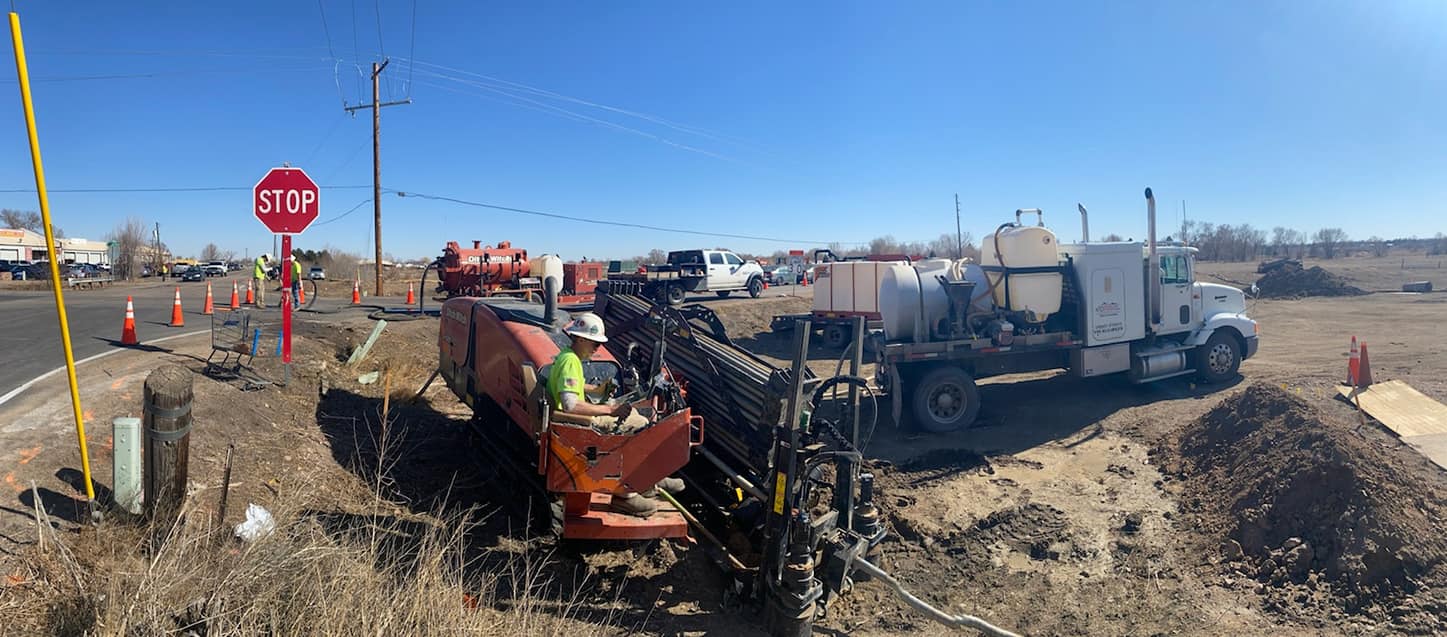When you’re working on a project that requires trenchless underground boring such as installing utility lines, you need to do it without causing damage to existing utility lines. As such, you would be needing the help of experienced directional boring contractors like the directional boring company Utah utility companies prefer for their digging projects.
As far as digging jobs are concerned, horizontal directional boring is certainly a safer alternative. However, the presence of other utilities on the site can pose as a hazard to your operation. Failure to identify these utilities can lead to a number of safety incidents including property damage, gas line strike, or electrocution which could be fatal. All these can trigger costly financial and legal liabilities which are of course detrimental to your business.
To avoid unwanted incidents that lead to unwanted costs, we at Advanced Line Systems developed our safety practices in accordance with the guidelines of the Occupational Safety and Health Standards Act (OSHA) on avoiding existing underground utilities. These should work to keep our digging operations safe and keep our customers and us free from unwanted expenses and legal problems.
Here are the vital safety practices that we observe when performing HDD projects:
1. Marking / Exposing Utilities
Before commencing a digging project, we make sure to locate, identify, expose and mark utilities that cross or are located near our drilling path. It’s the best way to avoid causing damage to these lines. We mark utility locations with flags or paint. If the drilling path is parallel to an existing utility line, we make it a point to create a clearance that’s broad enough to keep the existing lines at a safe distance to avoid damaging them.
2. Precautionary Measures We Observe when Drilling
When we conduct a drilling operation, we always see to it that our drilling crews maintain a minimum clearance of 3 feet from existing utilities. To avoid injury, the drilling crew should keep a safe distance from the rotating drill string. We apply shoring when we are digging bore pits more than four feet deep.
3. Keep Bore Pipes Away from Existing Utility Lines
We avoid causing damage to property and existing utility lines by keeping our bore pipe distant from utility lines according to the guidelines of the engineering and construction industry. This should also enhance the safety of our workers and other people present in the vicinity.
4. Maintain Optimal Equipment Operation
It is our company’s policy to make sure that our drilling crew will operate the bore rig to its optimal level. We strongly discourage our operators to avoid making the bore rig work beyond its normal capacity as it can cause equipment damage.
5. Safety during the Installation and Reaming Process
While reaming and installation is in progress, we establish a two way radio communication between our bore rig operator and our locator. This will ensure proper coordination and a safe underground utility installation. We instruct our directional drilling crew to stay out of bore pits when the drilling operation is ongoing. Other workers who may be at the scene during the operation are told to keep away from the drill stem.
Safety practices are important because it keeps our crew away from harm and keeps the company free from unwanted liabilities. But what if accidents still happen? To keep our personnel prepared for this possibility, we have established a set of guidelines and trained our crew to execute responses depending on the situation at hand.
When our Equipment Strikes a Gas Line
When this incident happens, our crews have been instructed to evacuate the worksite. The drill operator calls 911 as well as the gas company, and clear the area at once.
When our Equipment Strikes an Electrical Line
When this happens, all our crews have been instructed to refrain from touching any part of the drilling equipment to avoid possible electrical shock. They are also instructed to stay in one place and not move around to avoid getting electrocuted. The drill operator must observe proper safety procedures when dismounting from the drill.
When our Equipment Strikes Fiber Optic or Communication Cable
When our drilling equipment happens to strike a communication or fiber optic cable, our workers are instructed to avoid it and call the attention of the fiber company at once.
Horizontal directional drilling is one of the safest and fastest ways to dig underground. But since it is not 100% safe, most directional boring contractors like Advanced Line Systems back their operations with safety precautions to avoid incidents that might trigger damage to property or loss of life.
Call us at (303) 475-8420 for an efficient, fast and safe directional drilling work.






